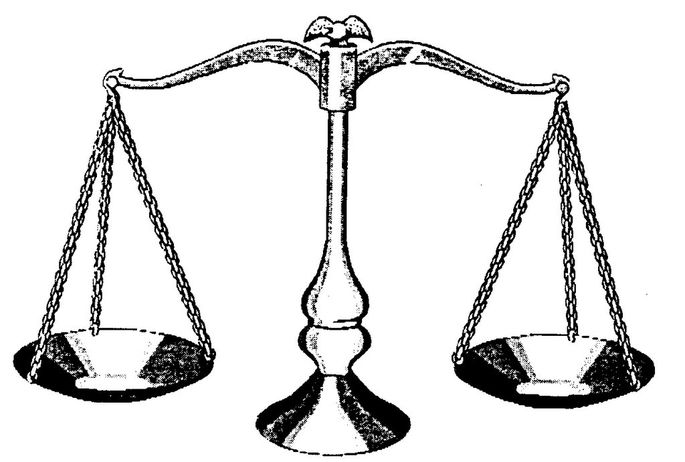Ankle sprains are one of the most common injuries, which happens both in the sporting and nonsporting setting. As a former basketball player, I have sprained my ankle many times on the court, and off the court. Running, dancing, landing on someone’s foot, or missing a step, it doesn’t matter, ankle sprains can lead to long-term debilitating issues not just for the ankle but up the entire body. The real problem, however, is often rehabilitating the entire body after the ankle sprain as it sets off a domino effect… Human bodies are capable to recover from myriad injuries, but there are many things one can do to accelerate the recovery process and to reassure that an ankle sprain does not reoccur.
Types of Ankle Sprains
Sprains can occur at the medial (inside) and lateral (outside) part of the ankle. Lateral ankle sprains are much more common, as the lateral ankle is only protected by 3 ligaments: the anterior talo-fibular, calcaneofibular, and posterior talofibular ligaments; whereas the medial ankle is protected by a strong, flat, triangular structure called the deltoid ligament (medial ligament of talocrural). The deltoid ligament is composed of two sets of fibers, superficial and deep: the anterior tibiotalar, tibiocalcaneal, posterior tibiotalar, and tibionavicular ligaments.
Degrees of Ankle Sprains
Ankle sprains are typically categorized into 1st, 2nd and 3rd degree ankle sprains. With a 1st degree ankle sprain there is minimal stretching or tearing of the ligaments. This usually results in no loss of function with mild pain and little or no swelling. A 2nd degree ankle sprain results in moderate stretching or tearing of the ligaments, difficulty walking, moderate or severe pain, swelling and tenderness and bruising by the 3rd or 4th day. A third degree ankle sprain results in total rupture of the ligaments, making walking impossible, with severe pain and swelling and may even require surgery.
Treatment of Ankle Sprains
In my opinion, the R.I.C.E. (Rest, Ice, Compression, Elevation) principle needs to take a back seat to the R.I.P.P. (Rest, Immobilization, Pumping, Proprioception) principle. Since the body deals with edema (swelling) and trauma through the hormonal system, the constant use of ice actually slows down the healing process. Ice should be used only for the first half day following the injury. From that point on, the only benefit of ice is for its analgesic effect, but not to control swelling. The best method I know to control swelling is through articular pumping performed by a skilled therapist and proprioception exercises. The proprioception exercises create a pumping action and can be performed by the patient at home with the proper instruction.
Our Approach
1.If the ankle sprain is severe enough, immobilization is important to prevent further damage and the use of ice recommended for the first half of the first day following injury. Even though the ankle may be in a boot or cast, that does not mean that you can help the ankle. The joints above and below the ankle can be pumped to promote movement of the fluid.
2.The Barkow Ligament, located just below the head of the fibula and attached to the tibia, needs to be treated soon after an ankle sprain because the fibula actually gets jammed up and gets stuck in this position. Proper treatment of the Barkow ligament allows the fibula to move back to its normal position. When it is torn, the biceps femoris (one of the hamstrings) is constantly being pulled, which pulls the ilium back into an inflare.
3.Once the injury site can tolerate manual therapy, osteo-articular pumping of the structures is the most effective means to control swelling and promote healing. This is a manual technique which brings the nutrient-containing liquid to the area to clean out the dead cells to a specific area.
4.When weight bearing is possible, proprioception and awareness exercises are performed to educate the damaged ligaments how to stabilize the ankle. Ligaments have many receptors to provide feedback as to where a joint is, and a torn ligament means the feedback is disrupted. Proprioception and awareness exercises are absolutely amazing at healing the injury and preventing future ankle sprains. There is a proprioception and awareness exercise for most ligaments of the body. To perform a general proprioception on a Bosu or wobble board only creates a larger gradient between the damaged and healthy ligaments.
5.Evaluation and treatment of the lateral sling and deep-longitudinal sling is critical in all ankle sprains. For academic purposes the human body is broken down into individual muscles. However, when one truly understands the fascia of the body, a new meaning to “everything is in link” reveals itself. The lateral sling involves the gluteus medius, adductor muscles, and the opposite quadratus lumborum. The DLS is basically connective tissue that runs from from the lateral malleolus (outside of the ankle) all the way to the base of the skull). If an individual has experienced multiple ankle sprains, there is certainly a problem in these two slings.

6.Proper nutrition and lifestyle principles should be considered to promote healing. The body will have less of a priority to healing the ankle if other parts are chronically inflamed, delaying the healing process. Consider anti-inflammatory foods, adequate rest, and recovery options to accelerate an ankle sprain.
More Information
For Northern California’s only place to learn more about osteo-articular pumping, specific proprioception and awareness exercises for your ankle sprain, you can contact Jaron Hua at info@fchlc.com or 510-292-9177.







